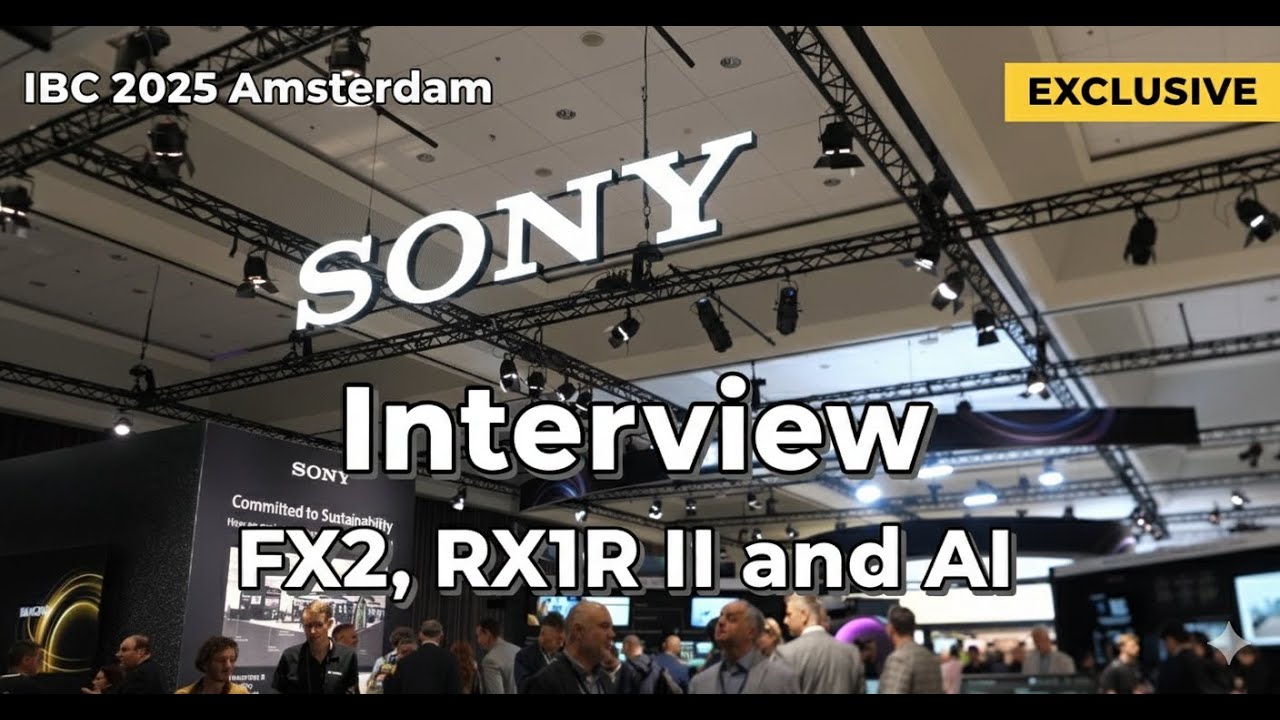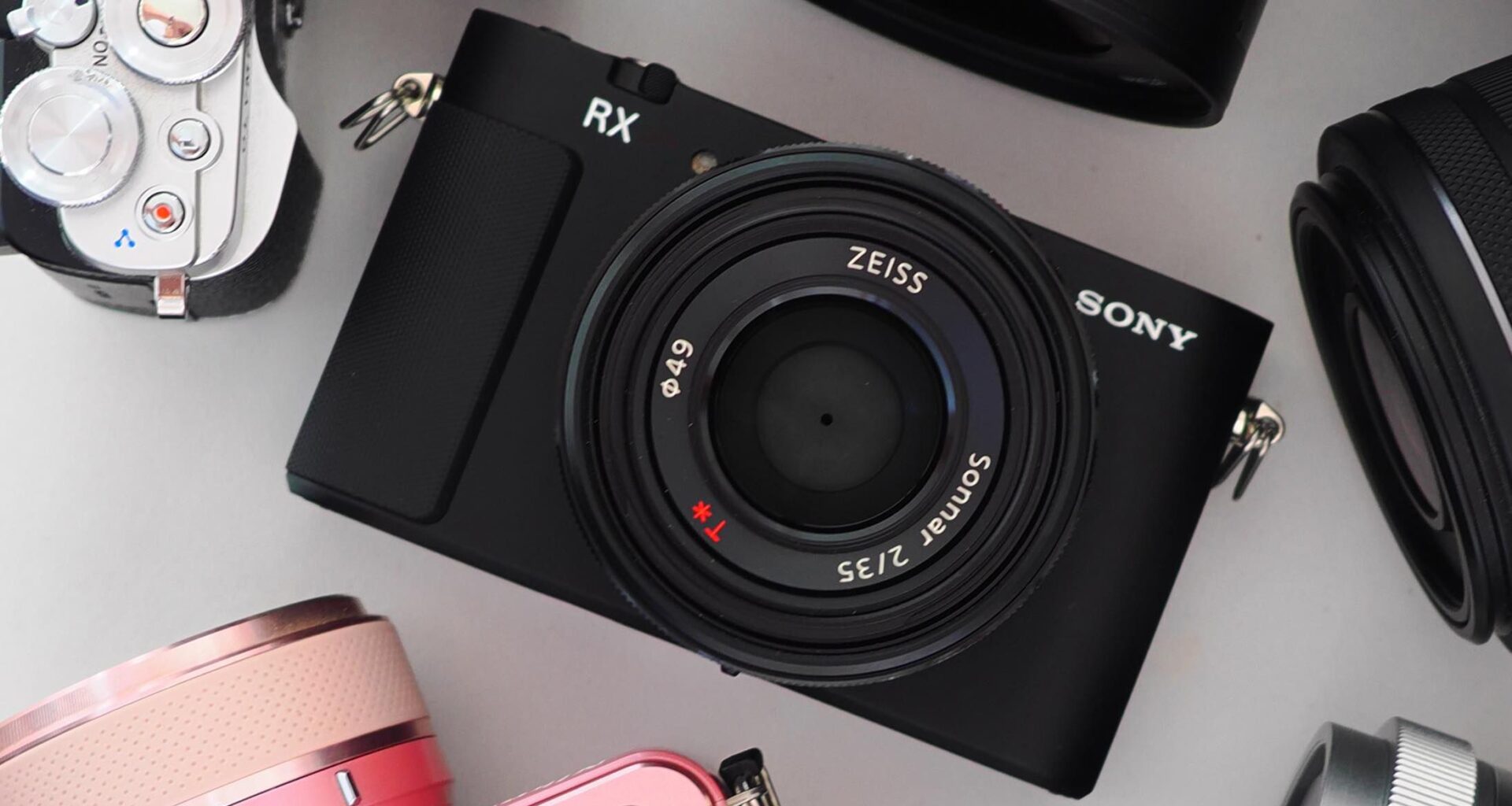The newly released Ricoh GR IV is selling like crazy – even in the context of already crazy-popular compact cameras. So if Sony made an APS-C version of the full-frame Sony RX1R III, it could run roughshod over the market.
So, any chance of seeing one? A senior Sony executive has said that “personally I would love it” – but just because a product is possible doesn’t make it easy to bring to market.
The team at LensVid recently had the chance to interview Yann Salmon-Legagneur, the head of imaging products and solutions marketing at Sony Europe.
You may like
“Ricoh recently released the Ricoh GR IV,” said the outlet. “Basically it’s an APS-C camera. What’s interesting is that you have the RX100, which is a 1-inch line of cameras, and you have now the RX1R Mark III. What about something in-between, like this camera? Because you have 1-inch and full frame.”
Salmon-Legagneur was enthusiastic in his reply, but very measured on the practicalities.
FX2, RX1R III, 32-Bit Float, AI and More: An Interview with Sony at IBC 2025 – YouTube

ABOVE: Watch the interview
“First of all, I think you’re completely right. There is a gap, between the excellence product or the very niche product that is the RX1 and RX100 – there is something in-between, and some brands are focusing on this and doing very well in this segment.
“I think you need to consider two things. The first one is the business size of a segment. When there is one brand, if you start to put a new player [and start to] slice the cake, is there a business or not? I’m not saying there is not, don’t get me wrong. The point is, that’s the first question a manufacturer should think of.
“The second question, when you develop a new segment, you have a commitment in time. If you look at the Sony range today, in the Alpha range, I think we have 7 or 8 different iterations of the Alpha 7 series; between the Alpha 1 and the Alpha 6400, we have around I think 8 different types of products, 7, something like that, with the 7C, with the 6700, with the 9, with the A – so you have a lot of lines.”
He further explained that the FX series is the same, with four lines, while the ZV series has three lines, the RX series has two, and then there are over eighty lenses in Sony’s E-mount portfolio. So there are a lot of balls to juggle – and it’s not just the end product but everything that comes before, during and after.
You may like
“When you decide to do a new segment, you need to think about [things like] firmware updates,” he continued, “but also the successor, and the number of engineers working on this schedule. And if you start to input a new segment, you need to think, ‘Well, I’m doing this segment now – which other segment do I sacrifice, in terms of either updating longer term or eventually stopping?’
“So I’m not saying we are not going to go there – don’t get me wrong, it could be – but I think we need to really think about this kind of consideration first.”
It’s an interesting point – and one that I think many consumers lose sight of when demanding seemingly simple new products. As LensVid noted, a lot of people think, Sony has the technology, why not make this camera. It’s simple!
As it turns out, it’s really not that simple – but Salmon-Legagneur was still passionate about the idea of an APS-C RX1 model.
“Personally I would love it as well, because an RX1 is an exceptional product that is very expensive, very high-end, and you need to be at a certain moment in your life to be able to buy it, [such as] commitments that you don’t have any more, like kids going to university or whatever. You need to have this buying power. And I would love it as well – but as of now, we need to see if it makes sense.”
Read my Sony RX1R III review and see how it stacks up against the best compact cameras – particularly the best full frame compact cameras.

